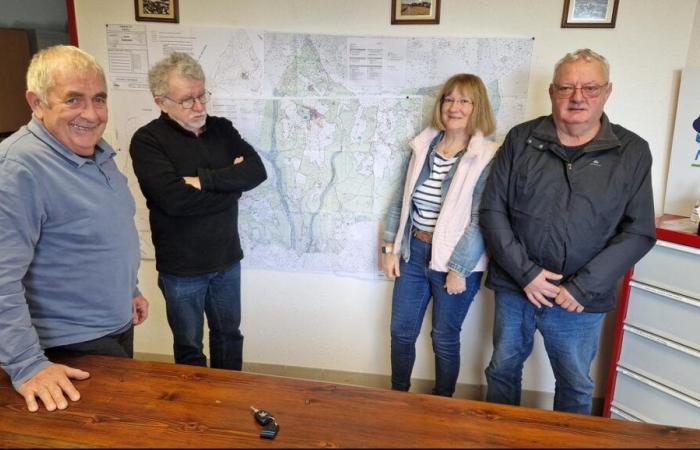“Why do people come to settle in Fleurac? I will remain modest. So, I will tell you that it is good to live there,” slips Jean-Paul Bouet with a smirk. The mayor of this small town in Périgord Noir learned – through the media – that his village had gained 74 inhabitants over the period 2016-2022, according to figures published Thursday December 19, 2024 by the National Institute of Statistics and Economic Studies (INSEE). This increase in population, of around 30%, is the largest over this period for the entire Dordogne.
But the councilor does not give in to the sirens of triumphalism. “Everything is relative. 320 inhabitants, that’s the population we had in the village before the rural exodus in the 1970s,” insists Jean-Paul Bouet. To try to explain the phenomenon, he invited his deputies to share coffee and some madeleines. Good humor is there.
Internet and Buddhists
Are mentioned, pell-mell, the rush towards the countryside after the health crisis, the pretty hills of the town, the proximity to Rouffignac-Saint-Cernin-de-Reilhac, the low level of local taxes or even the presence of a large Buddhist community in the neighboring villages of Peyzac-le-Moustier and Saint-Léon-sur-Vézère. Another phenomenon observed is the sale, over the last decade, of numerous second homes, which have become main homes. “And the development of the Internet,” adds Philippe Bonnet, one of the deputies.
“I am not one of those who want to break records or reach 500 inhabitants at all costs”
“The result is that, to my knowledge, there is only one abandoned house left in the village. Everything else has been restored,” appreciates Jean-Paul Bouet. “The population has changed, we see it during the communal meal,” testifies Gérald Caillat, also deputy.
-Micheline Defert, also an assistant, continues: “When they arrive in the town, most come to report to the town hall. » The “Fleuraco-Fleuracois” seem to cope very well with it. “Unlike other villages in the area, there are relatively few old families. Fleurac was never really a rural commune, there were a lot of micro-farms,” explains the chief magistrate.
Sociability
The presence of a festival committee, a community café and a restaurant – L'Auberge du coq – facilitates the integration of newcomers. “I am not one of those who wants to break records or reach 500 inhabitants at all costs. The important thing is to have sociability at the community level,” insists Jean-Paul Bouet. On the other hand, he wishes to be able to continue to develop it.
The mayor says he is “having a very difficult time” with the debates relating to the Climate and Resilience law, setting an objective of zero net artificialization, and the constraints “unsuitable for the rural world” arising from town planning documents. “There is no longer a single plot of land for sale, whereas potentially we could have between 20 and 30 per year,” complains the councilor who is campaigning for a relaxation of the regulations. He remains optimistic: “The people who come don’t want to leave, or else with regrets. »


